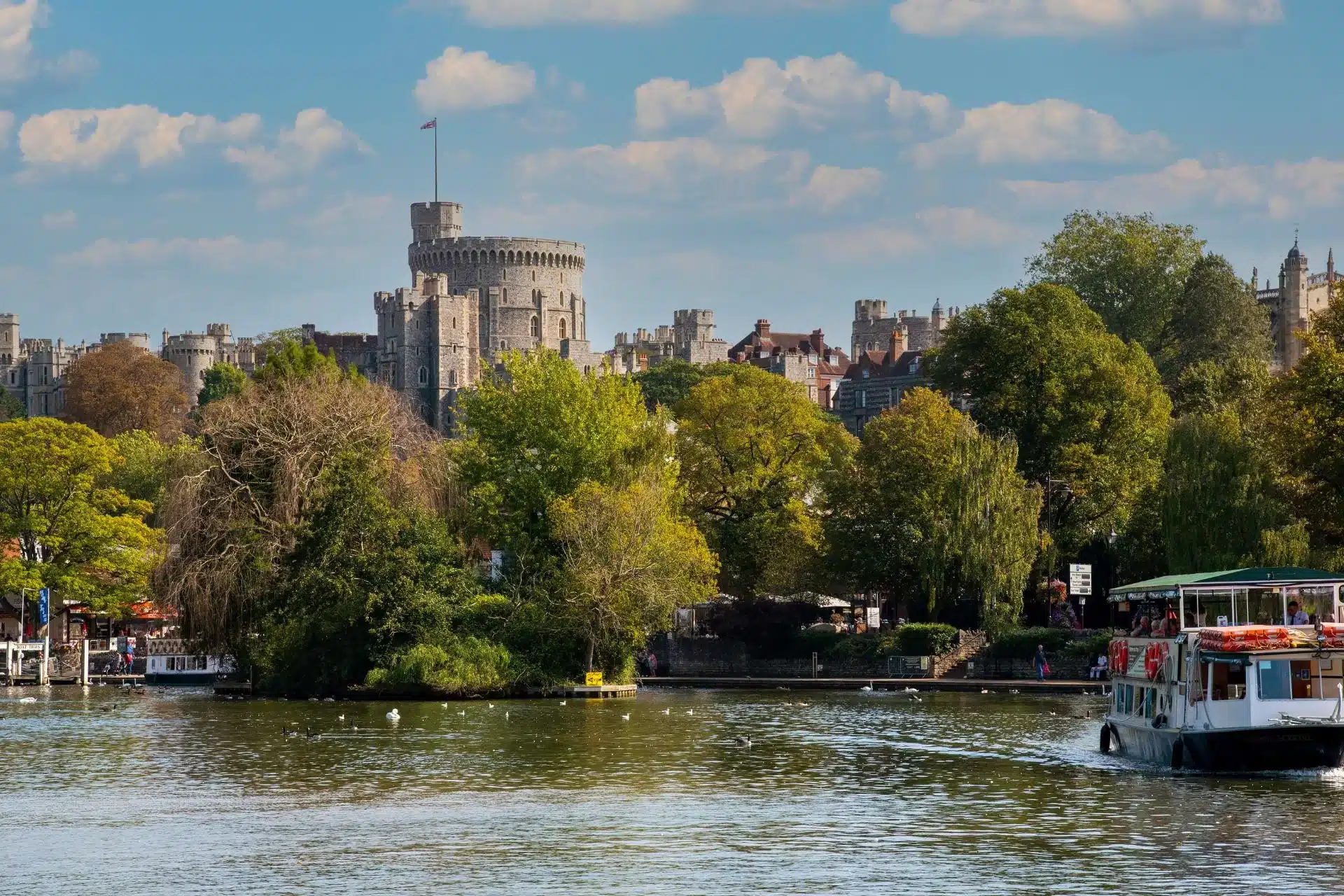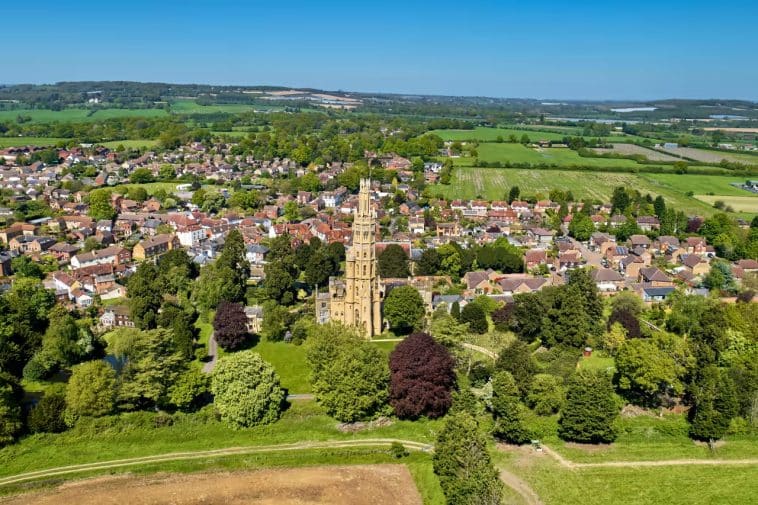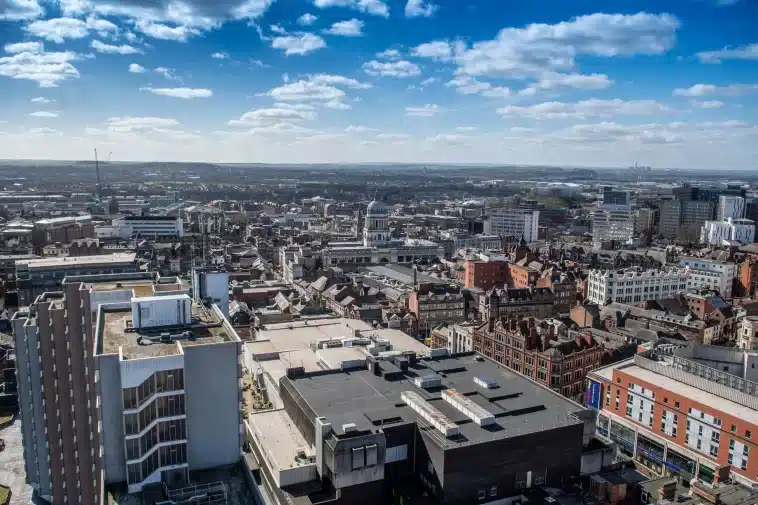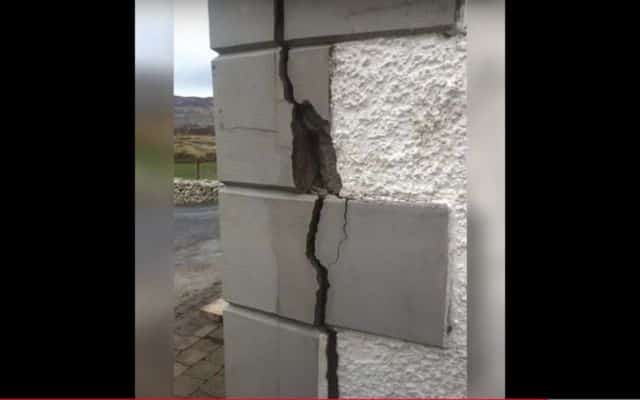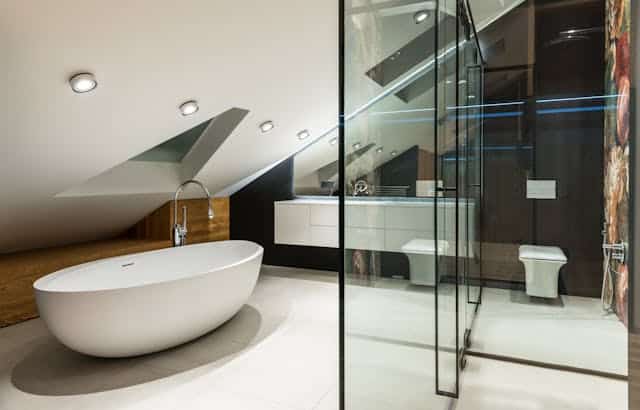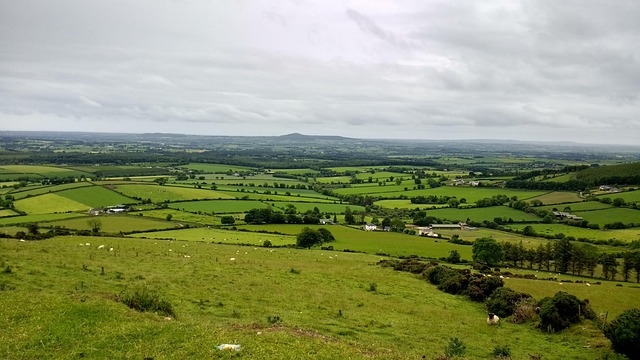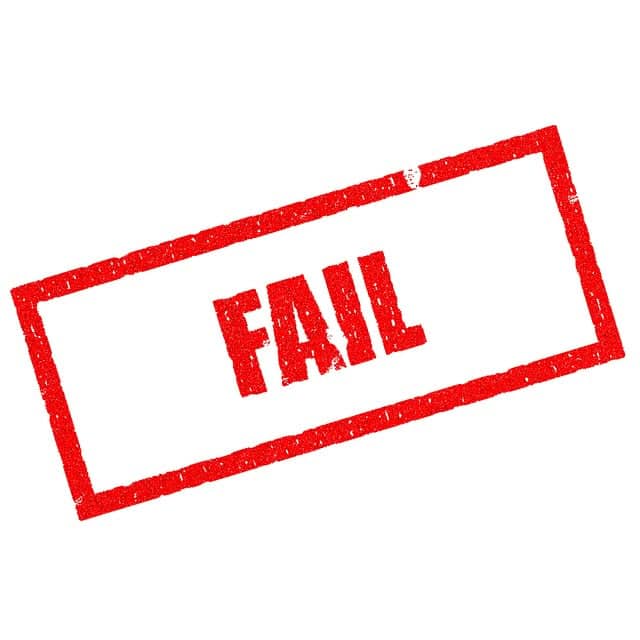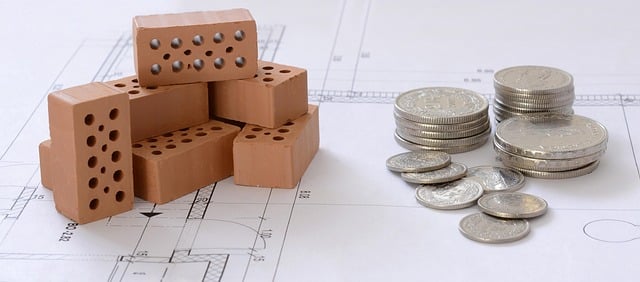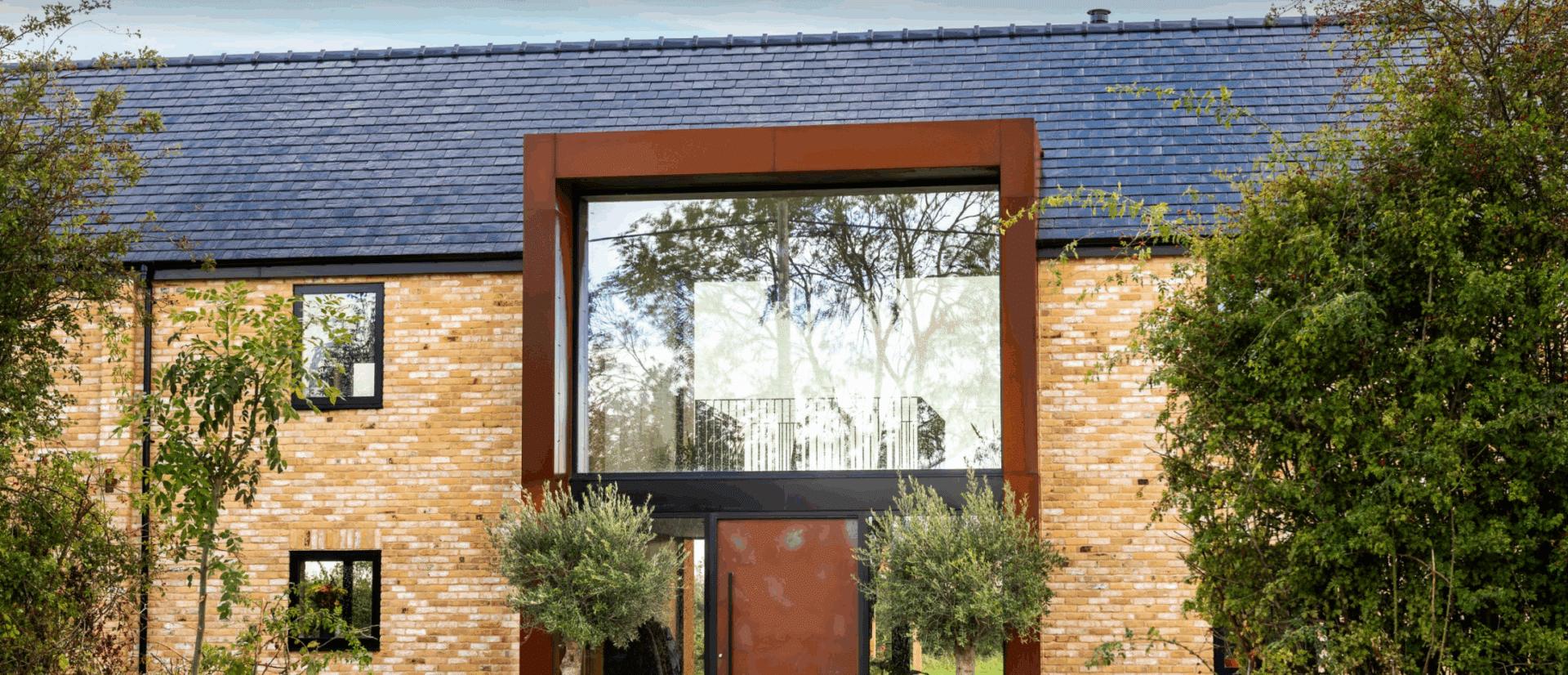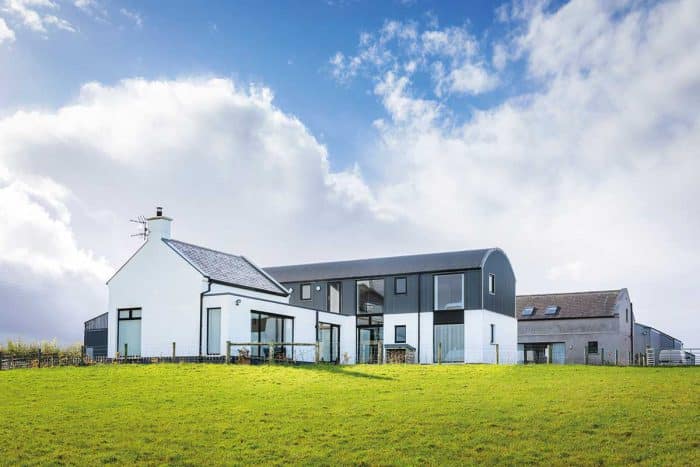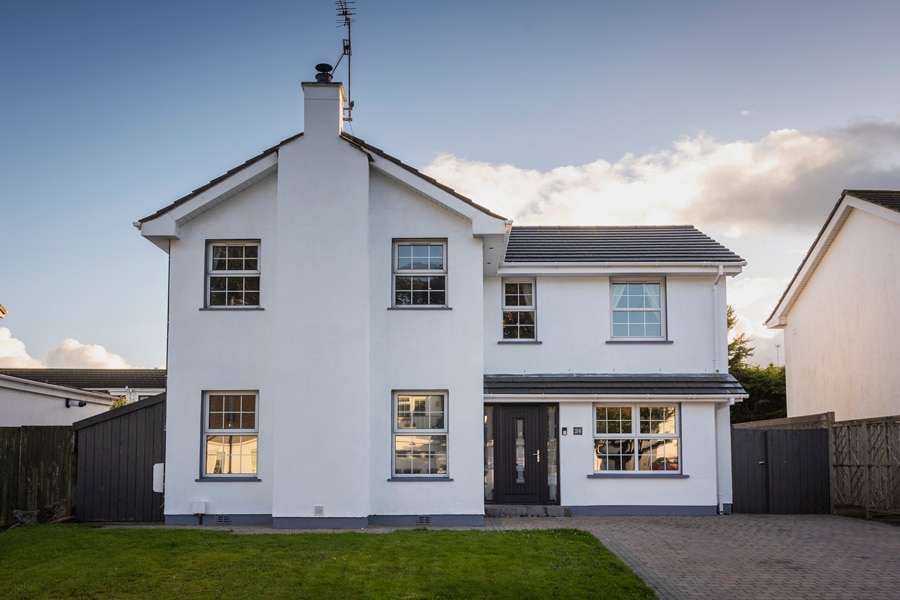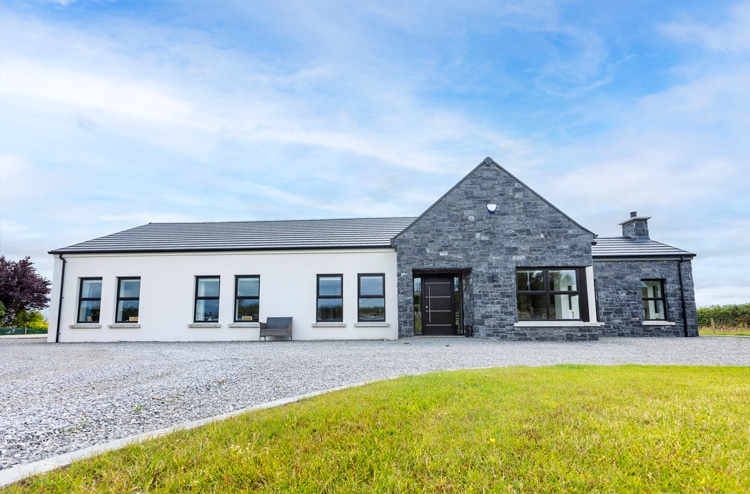As half of all waste generated in ROI comes from construction products, manufacturers are asked to pay for end-of-life recycling.
In this article we cover:
- What is the Extended Producer Responsibility (EPR) and how does it apply to the construction industry?
- What does circular building mean for self-builders?
- Roadmap to support and create a circular construction industry.
- Why the IGBC is encouraging self-builders to ditch new builds and go for a renovation instead.
As half of all waste generated in Ireland comes from the construction industry, which includes demolition, the ROI government is considering extending the Extended Producer Responsibility (EPR) scheme to the tackle the problem.
This means producers are responsible for financing and organising the collection, recycling, and environmentally sound disposal of their products when they are no longer in use.
In the context of construction, manufacturers would be required to take back leftover construction materials such as plasterboard or insulation, removing disposal headaches for self-builders and encouraging circular design.
“Talk to your suppliers and ask if they support EPR,” Marion Jammet, Director of Policy and Advocacy at the Irish Green Building Council (IGBC) told Selfbuild. “Are they willing to take back unused materials? The more we ask these questions, the more we shift the industry toward circularity.”
The comments come as the IGBC launched the Building a Circular Ireland roadmap this week with ROI Minister for Housing James Browne, to set out how the construction sector can move towards a circular model by 2040 — one that prioritises reuse, smarter design and long-term sustainability.
Over 97 per cent of materials in Ireland’s economy are sourced from virgin resources, and the roadmap aims to reverse that trend, promoting practical measures that could benefit individual self-builders and homeowners directly.
The IGBC roadmap was developed as part of a research project funded by the Environmental Protection Agency and co-funded by the Department of Agriculture, Food and the Marine.
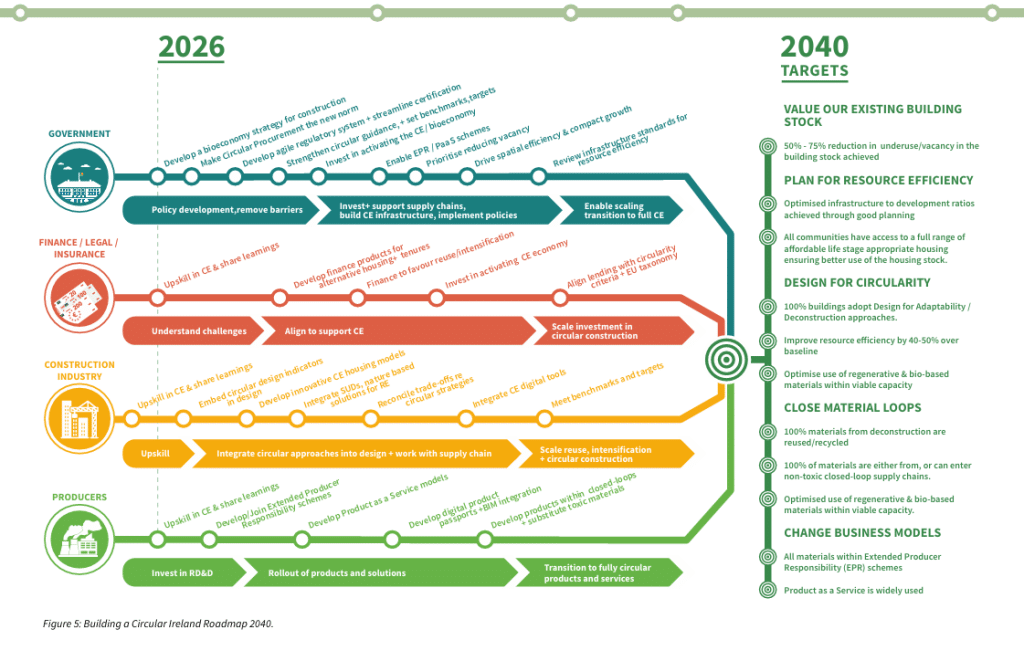
Source: Building a Circular Ireland, IGBC (2025)
The IGBC is encouraging self-builders to ditch the idea of building new and go for a renovation project instead.
“The first step is to rethink whether a new build is necessary at all,” Jammet told Selfbuild. “Where possible, renovating or retrofitting an existing structure can cut embodied carbon emissions by up to 75 per cent compared to new construction.”
With over 163,000 homes lying vacant in Ireland, 48,000 of which have been empty for more than six years, the report states there’s clear potential to revitalise existing housing stock including vacant properties, supported by grants and tax reliefs.
Forward-thinking design plays a crucial role in circular construction, said Jammet. “We encourage self-builders to minimise the amount of material used by designing more simply, and to consider how the building might evolve over time.”
“Think about what the space might need to accommodate in 20 years’ time – whether that’s multigenerational living or a home office setup. Adaptability is key.”
Selecting the right materials is another vital area, she says.
“Before reaching for something new, ask what can be salvaged or reused from the existing site. If new materials are needed, opt for those with low embodied carbon, bio-based options, for example, and always check their Environmental Product Declarations (EPDs) to understand their environmental impact.”
The roadmap says using recycled and bio-based building materials offer both environmental and cost-saving benefits. These include timber and other natural products that perform well and may become more accessible through a growing market for secondary materials.
How to make your self-build a circular one
The roadmap recommends government support for circular building practices through procurement and training, something that may lead to new funding, workshops or community-based initiatives aimed at those undertaking their own builds.
“There are online courses, technical manuals, case studies and performance certification guidelines that can help you understand how to build more sustainably,” said Jammet, referring to the IGBC’s Learning Hub.
Launching the roadmap, Minister for Housing James Browne TD said he was “inspired” by the case studies on urban regeneration and timber in construction included in the road map.
Highlighting that adopting a circular approach to construction is “critical” for Ireland to meet housing and infrastructure needs affordably while staying on track with national plans and climate goals.
However, much like EPR, EPDs aren’t widely available. The hope is that stakeholders will see that there’s something in it for them.
Speaking at the IGBC annual conference on May 15th 2025, where the roadmap was launched, IGBC CEO Pat Barry said the shift is not only about protecting the environment but also about making the construction sector more resilient and cos effective.
“The Irish economy relies heavily on imported materials, so moving towards a circular construction industry is not only critical for protecting the environment, it is also essential for our economic resilience and will help to create innovative new industries,” he said.
For more about government action on the circular economy, see: WASTE ACTION PLAN FOR A CIRCULAR ECONOMY


